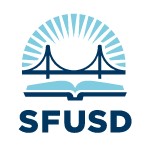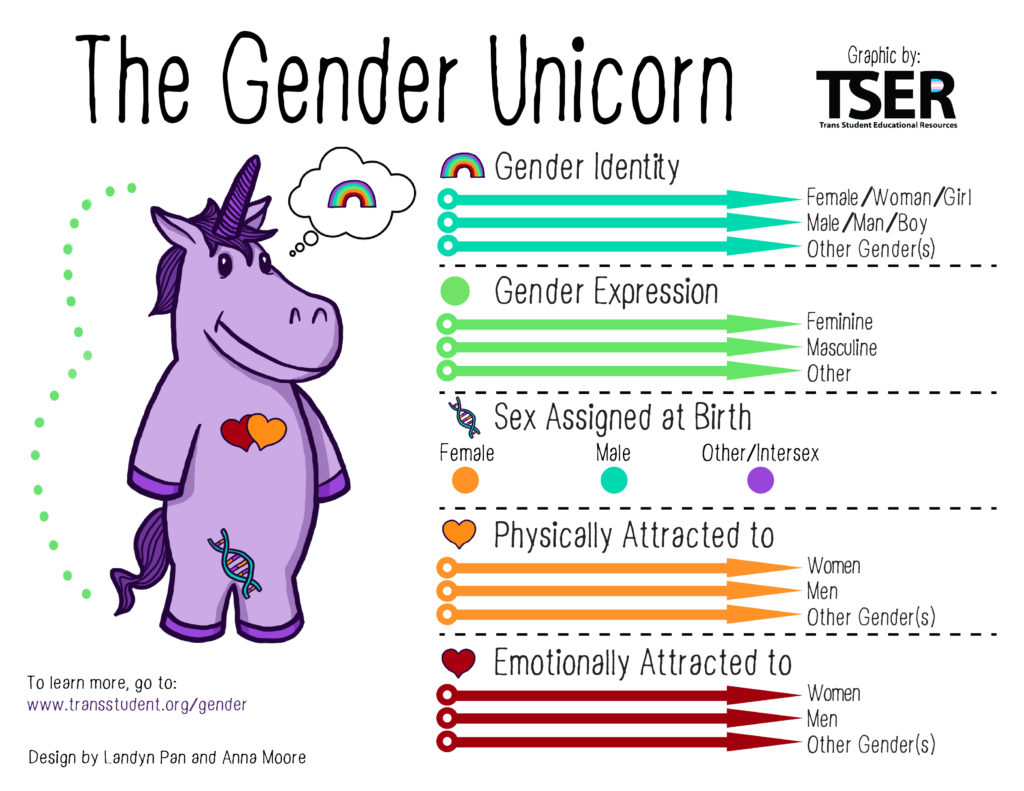
San Francisco Unified School District mandates that educators teach about gender identity in elementary school; explains that parental involvement is not required
Incidents
A public records request filed by Parents Defending Education has revealed a document that acts as a “Teaching Guide for Elementary Grades” in the San Francisco Unified School District. The name of the document is “LGBTQ Family + Gender Diversity.” The document encourages elementary school teachers to “explore integrating LGBTQ themes and weaving information about LGBTQ family and gender diversity into your teaching throughout the school year.” The document explains that teaching elementary students about LGBTQ and transgender issues does not need parental involvement:
Teaching Queer and Trans Identity affirming lessons is mandated by SFUSD policy and the CDE and does not require parental permission, nor does it require parental notification.
The document then states that parental notification “does NOT need to be sent” in the following scenarios:
- When providing definitions to students
- When intervening in name calling incidents
- When teaching about LGBTQ family and gender diversity
- Reading a book with LGBTQ character(s)/plots/subplots
- When celebrating diversity or April’s LGBTQ Pride month
- Speaking about LGBTQ persons in the curriculum outside of sexual health education
The document then lists several guidelines titled “LGBTQ Student Rights.” These guidelines include mandating teachers use the preferred pronouns of students and mandating that students can use their preferred restrooms and locker rooms. One guideline states that students can give themselves consent for “sensitive LGBTQ or sexual health-related services” if they are 12 years old. The following are the guidelines:
- Treat students equally, prevent and respond to reports of bullying, harassment and discrimination, regardless of sexual orientation, gender identity or gender expression
- Respect students dress and behavior that does not conform to stereotypes associated with their gender, with respect to the student dress code
- Provide LGBTQ-inclusive social studies, history and comprehensive sexual health education
- Refer students by the gender pronoun and name that fits their gender identity
- Provide access to school activities, spaces such as locker rooms and restrooms, that fit with their gender identity
- Implement and provide access to gender neutral restrooms, dress code policies, and classroom practices
- Provide students opportunities to speak out about LGBTQ issues, including wearing LGBTQ-affirming t-shirts, stickers and bracelets, and access information about LGBTQ issues on school computers, and to bring same gender dates to prom
- Support formation of Genders & Sexualities Alliance (GSA) clubs, or similar LGBTQ-related student clubs
- Respect student’s individual choice to be “out” and be themselves at school, and seek their permission of when and to whom staff can discuss their LGBTQ identity
- Recognize student’s consent to sensitive LGBTQ or sexual health-related services without seeking permission from caregiver/parent, if they are age 12 or older
The document also encourages elementary teachers to use “inclusive language.” The document states: “As a courtesy, avoid using gender-specific words unless you are certain about a person’s family structure, identity or relationship orientation.” The document then provides examples. One suggestion is to say “grown-ups” instead of “mom” and “dad.” Another example is to use “everyone” instead of “boys” and “girls.” Teachers are also encouraged to say “friends” or “folks” instead of “ladies” and “gentlemen.”
The document additionally has “essential questions by grade-level” for questions to ask students in elementary school. The following are gender questions teachers are given to ask students by grade:
- Kindergarten
- What do I know about gender and what do I notice about gender at school or my community?
- First Grade
- What do I notice about rules about gender?
- How do we practice making our own choices to name our own bodies and boundaries? (eg. in regards to gender)
- How do we show respect for other people’s choices about their bodies?
- Second Grade
- How can we be supportive of LGBTQ people in our community?
- How have heroes and allies made a difference for LGBTQ communities?
- Third Grade
- What causes bullying and exclusion of LGBTQ people? What does it look like when people do it? What about in schools?
- How does support within school impact the lives and sense of belonging of LGBTQ people?
- What can we do to ensure we are welcoming and showing respect to the many different LGBTQ people in our school community?
- Fourth Grade
- How is gender organized across California society and history? How is that different from Native American traditions?
- How have LGBTQ people been treated throughout history? What about today?
- What is the relationship between oppression and LGBTQ health?
- How have LGBTQ people organized social movements now and in the past in California?
- Fifth Grade
- How was gender controlled in the formation of the United States?
- What were the consequences of breaking from that control or expectations?
- How have LGBTQ people organized movements now and in the past?
- What is gender self-determination? How is it different from the gender binary?
The document also has “key ideas” for students to learn in class about gender. The following are some examples of these key ideas:
- We don’t decide who others can or cannot fall in love with.
- Allies are people who affirm and create spaces where all families are recognized and included.
- Your gender should not limit what you do or what you like.
- It is normal to explore gender and be curious about gender.
- Limiting ideas about gender are learned from families, friends, TV/movies, school and society.
- Ideas about gender can change and grow.
- Expression is a component of gender.
- Gender identity is how we define gender for ourselves, including the words that we claim (boy, girl, trans, non-binary, etc) and pronouns that we use.
- Our gender identity is determined by the way we feel inside or right for us.
- We don’t decide anyone else’s gender identity.
- Allies affirm and help create supportive spaces for gender identities different than their own and when someone’s identity changes.
- Discrimination against LGBTQ people exists today.
The document linked to another document titled “Gender Inclusive Language” that is labeled as “Guidance for SFUSD Educators.” This document states: “This guide is another step toward fostering inclusive school communities and fulfilling our responsibility to LGBTQ+ and nonbinary students and families.” The document has some of the same material as the first document about using “inclusive language.” However, this gender document takes the conversation a step further.
The document tells teachers to “avoid using he as a universal pronoun; likewise, avoid using binary alternatives such as he/she, he or she, or (s)he.” The document additionally attempts to argue that “the pronoun they is appropriate to use in writing when referring to singular antecedents, including when writing for publication.” The document then explains that the following line is exclusionary: “Every cast member should know his or her lines by Friday.” The following line is labeled as inclusive: “Every cast member should know their lines by Friday.” The following guidelines for teaching are then provided:
Frame instruction in grammar and usage conventions with ongoing discussion of the inherently dynamic and evolving nature of language, rather than asserting, implicitly or explicitly, that grammar and usage rules are timeless, universal, or absolute. Language shifts; make that part of the classroom conversation.
The document also provides the “Gender Unicorn” as a resource to teach students. The “Gender Unicorn” is an image that schools have used in an attempt to teach children that gender exists on a spectrum.

Stay Informed
